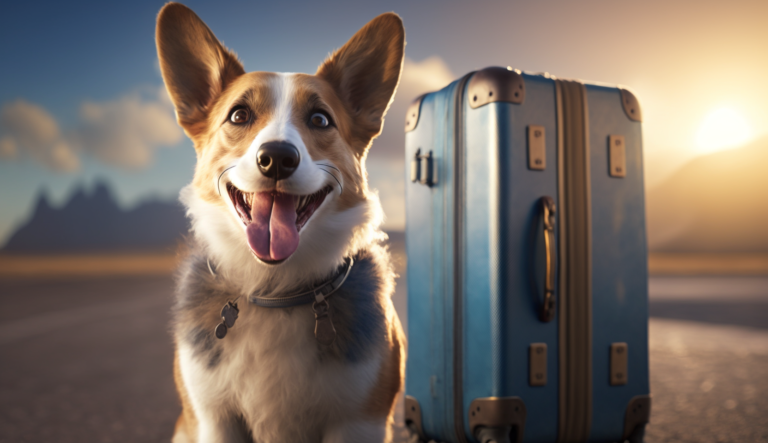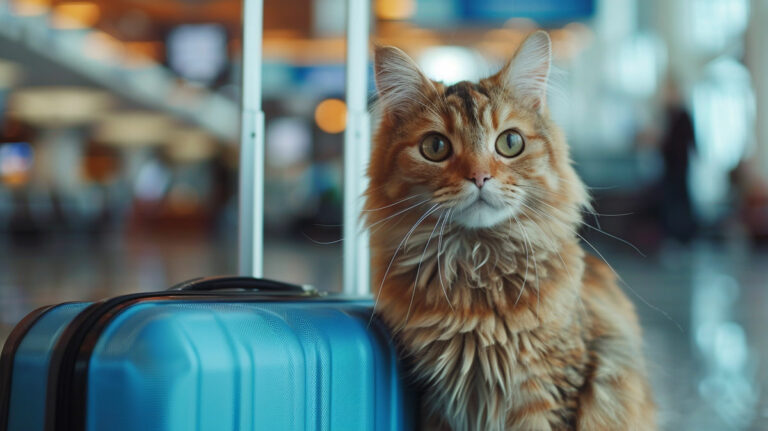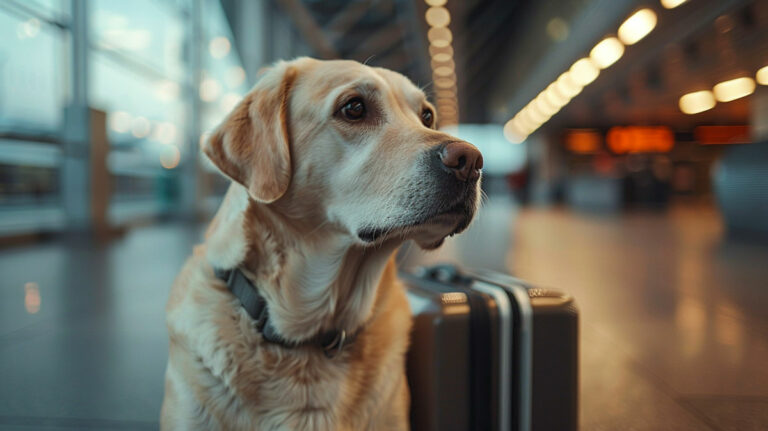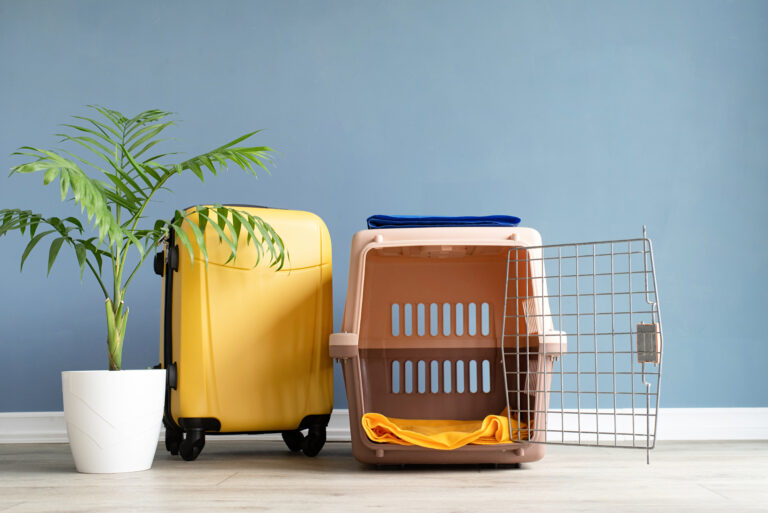A travel crate is one of those things, at least for pets, that can be loved or hated, but cannot be ignored. For us, a travel crate automatically has a negative connotation, simply because of the word "crate." However, animals do not know what to think of it beforehand, so it is up to us to turn it into a positive space.
The trick is simple - we need to introduce our pet to their travel crate as early as possible before the flight. A common mistake among pet owners facing dog or cat travel is purchasing the crate, storing it away, and only taking it out at the worst possible time - the day of the flight with the pet.
As with traveling abroad with a cat, dog, or any other animal, it requires thorough preparation in advance. Likewise, the introduction to the travel crate should be done slowly and gradually to prevent anxiety.
On the day of the flight, we want to arrive with minimum stress and maximum familiarity between the pet and the travel crate. We should also take advantage of the early introduction to help alleviate anxiety in the pet during the flight by providing a sense of familiarity from home that accompanies them throughout the journey.
In the case of relocating a dog, it is advisable to allow at least a month in advance for the process of familiarizing and training the pet with the travel crate. If it is a relocation for a cat, it is recommended to start preparations even six to eight weeks before the flight.
Before introducing your pet to the travel crate, consider its location in the house. We recommend choosing a room where the family spends most of their time or near your pet's food and water bowls. This way, your pet will associate the new piece of furniture with their personal space and view it as an interesting addition rather than something threatening.
After placing the travel crate, remove the door. Often, door movements can frighten pets more than anything else, creating a traumatic initial encounter that may complicate things later on. Once the door of the travel crate has been removed, place a toy or treat at the back of the crate to encourage your pet to enter it willingly.
Every time the cat or dog enters the travel crate, it is important to provide them with positive reinforcement and accompany them with joyful encouragement until the moment they request to leave. It is crucial not to force the animal to stay in the crate but to allow them to exit according to their own will. In the beginning, they may want to come out quickly, and that is perfectly fine. Gradually, she will pause for longer periods inside and become accustomed to being in the travel crate freely.
After a few days of getting accustomed to the fact that the travel crate is part of their space, reattach the door to its place, but secure it in an open position so that it doesn't swing freely. Once the pet confidently enters the travel crate without any fear, encourage them to sit and lie down inside. Some animals will do it voluntarily, but in some cases, food can be used for training purposes.
At this stage, when the pet is lying calmly inside the flight cage, they began to gradually close the door of the flight cage for short periods of time. As long as the door was closed, they would stay next to the cage so that the pet would feel safe. They gradually increased the duration of time with the door closed, and later on, instead of sitting next to the cage, they took a small distance, with the desirable presence of a few more people in the room.
After a number of times when everything was going smoothly and the concept of the flight cage became familiar to the pet, they started leaving them alone in the room for periods of time ranging from a quarter to half an hour. If they successfully passed half an hour, they began leaving the dog or cat in the flight cage for longer periods of time.
The underlying idea behind this training is simple - flying with pets requires them to stay inside a flight cage for an extended period of time, often several hours. Therefore, the longer the pet stays in the cage, the easier the actual flight will be for them.



